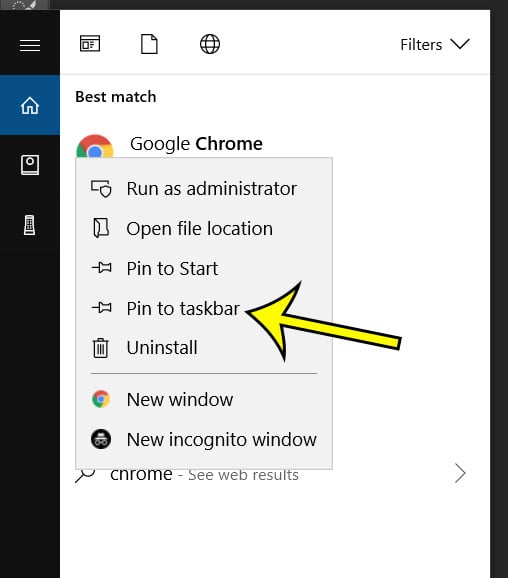
There are tons of extensions available in the Chrome market and you might be confused about how to choose the best ones. Besides its functionality, users love it because of the wide range of extensions that the platform supports. Google has been consistently improving the client’s usability, redesigning the UI to adapt to design trends. In July 2019, 80.9% of web searchers used Chrome and the number is constantly growing (just compare 6.5% of usage in July 2009). No need to play with the timers or reaching out for a button.Google Chrome is the most used web-broswer and and this is not surprising. After this – use the action Button – Camera to take the picture with the main camera. To give ourselves a warning, the Android voice engine will count down for us with the action Say. Scanning your finger to take a picture is perhaps not the greatest solution, however you can set a timer which will allow you to get your hand in position to take a much better picture. I always find it uncomfortable to use the camera for selfies. Profile: Hangout Template Event: Variable Value Application: HangoutsEnter: Hangout (16) A1: Variable Set A2: Variable Split A3: AutoTools Dialog A4: Set Clipboard A5: Flash If you wish to modify your template response array in the future, simply go to the ‘Variables’ tab in Tasker and look for the %Templates variable. Once you have create an array of template responses you can delete A1 and A2 actions from your task. To help you out, I kept the array actions for you in the description. All you need to do now is use the Set Clipboard action to store the value of %attext. The AutoTools Dialog will take the %Templates() array in the text field and will populate your list with options. You will then perform a Variable Split by the comma and will then be able to list the array in an AutoTools dialog! Make sure it is a global array (contains an upper case letter in the name) as local arrays will disappear. To create an array, use Variable Set and list your options separated by a comma. We will use an array to store our messaging templates in. Once the selection is made, you can paste your text message or reply in seconds. In this case, we will use a dialog to quickly populate the clipboard with a quick-reply template. I know I seem to love the AutoTools Dialog action, but that’s because it provides a very useful feature that can be applied in a wide range of Tasker scripts. Turn Screen On: true Timeout (Seconds):60 ]Ī6: Join Send Push Ī7: Secure Settings Icon: android.resource:///hd_hardware_dock
Url: %address Timeout (Seconds):60 ] If Ī5: Join Send Push Ī6: Secure Settings Ī4: AutoTools Dialog [ Configuration:Dialog Type: List


Variables: address Timeout (Seconds):20 ]Ī4: Join Send Push State: Wifi Connected Ī1: Variable Set Įvent: Variable Value Ī1: Secure Settings Ī2: Wait Ī3: AutoInput UI Query [ Configuration:Only Visible: true If you struggle to get the Secure Settings plug-in on Android 7.0+ working, look at my solution here or check the run shell options from here. To do so, I have added a Secure Settings accessibility toggle action as the first and last action in the task. I have also added a toggle to enable then disable the AutoInput accessibility service, as these accessibility services tend to slow down your phone. While the profile alone does exactly the same thing, I’ve updated the task to cast the page to the selected PC based on what WiFi is connected or an input selected from a dialog. Since I published that article, I’ve come up with a few changes that I thought would improve its functionality. In the previous article, I demonstrated how you can cast the currently opened Chrome webpage to your PC using Join. Plugin: AutoInput, AutoTools, Secure Settings Apps: Join (or AutoRemote), Fingerprint scanner tools (Tasker support need to be unlocked)


 0 kommentar(er)
0 kommentar(er)
